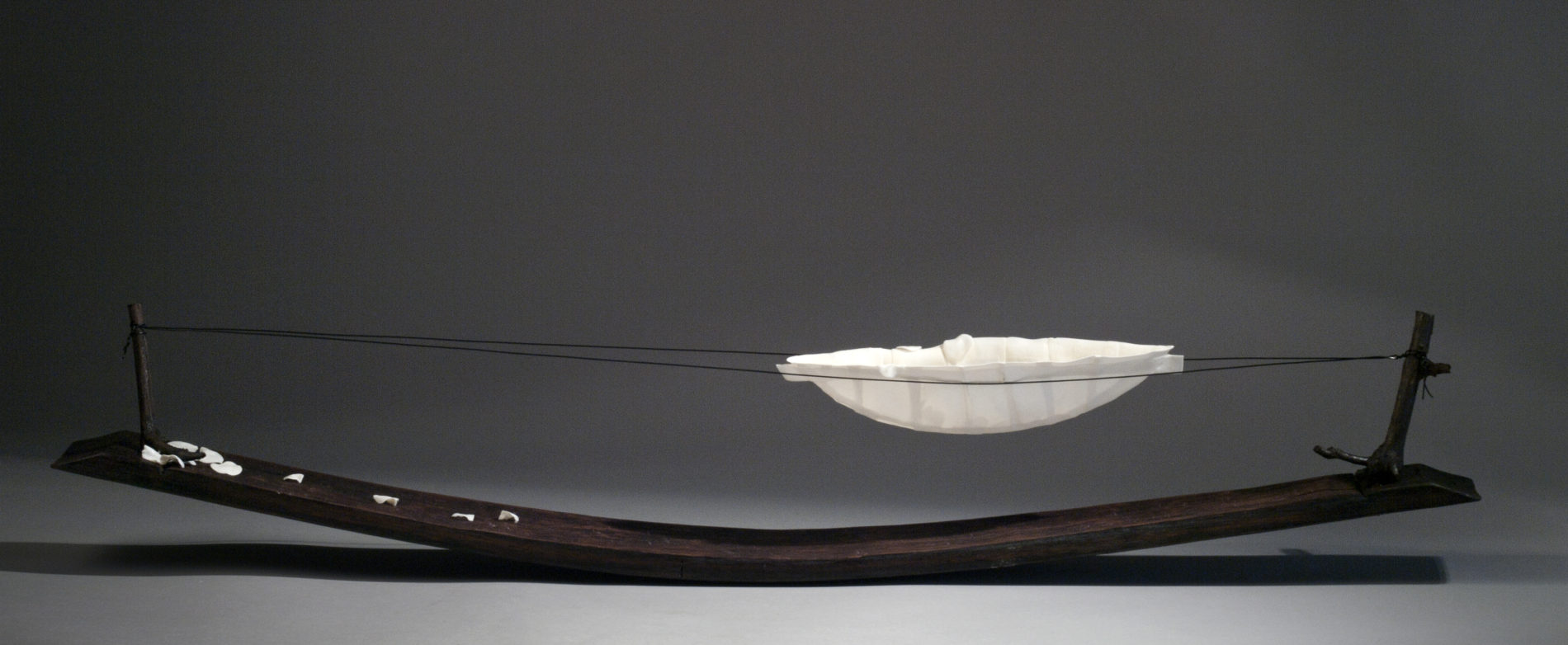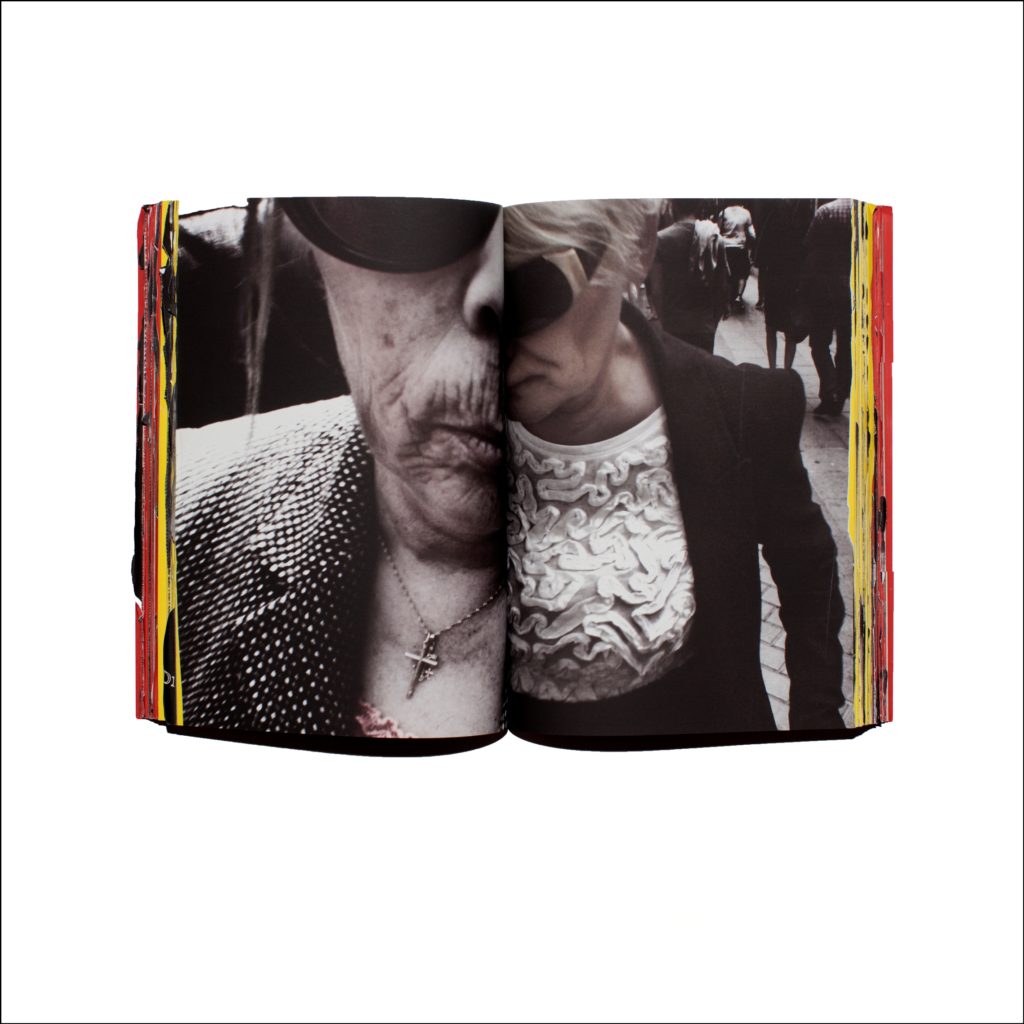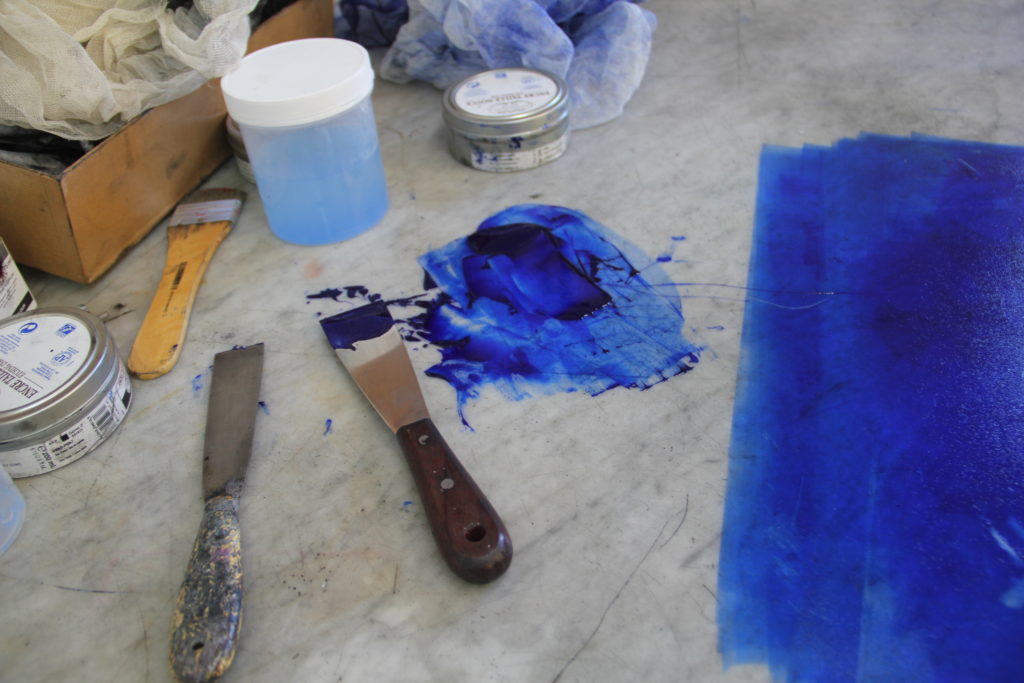
Given by
- Ana Felipe Royo
Workshop name
- T3. Ceramics. Porcelain for artistic projects
Schedule
- July 27th to August 1st 2020
- Monday to Friday: 10 a.m. to 2 p.m. and 4 p.m. to 7 p.m. Saturday: 10 a.m. to 2 p.m.
No. of participants
- 12
Admission fee
- 225 €
Applications
T3. Ceramics. Porcelain for artistic projects (SOLD OUT)
Given by Ana Felipe Royo from July 27th to August 1st 2020 (SOULD OUT)
Porcelain is a highly esteemed very white, hard, translucent ceramic material fired at high temperatures. Its roots can be traced back to China to the Shui dynasty (581-617). It was not until the 14th century that the first imports of Chinese porcelain arrived in Europe. The formula used to make it was highly confidential. In Europe, numerous attempts were made to obtain something similar, without success until the 18th century in Germany, where the first hard porcelains similar to Oriental ones were achieved.
From then on, it spread to other production centres in Europe and considerable knowledge was built up about this technique, although for a long time it was restricted to industrial applications. Artists and potters have only had access to these clays and techniques for a few decades, since a veil of professional secrecy prevailed for many years.
Aim
Today, a wide variety of clays, materials and kilns can be found for making artistic porcelain ceramics. This workshop is aimed at professional and amateur plastic artists and ceramicists who would like to learn more about the fascinating world of porcelain from an artistic perspective. The participants will be given a basic insight into the materials and work methods that can be used in both private studios and schools.
This workshop aspires to make working with porcelain and its possibilities understandable to all, offering an insight into the advantages and limitations of this material so that subsequent personal projects can be tackled with no risk of disillusionment.
Programme & Contents
• General introduction to clays of differing kinds, and porcelain. Porcelain’s composition and characteristics in terms of its use, handling and drying.
• Shapes and designs achievable with porcelain clay. Pyro-plasticity, thermal deformation in porcelain clay, controlling processes & porcelain’s artistic possibilities.
• Porcelain clay techniques: by hand, moulds, the wheel, sheets, press moulds cast porcelain, porcelain paper clay, sponging, absorption, miniatures or jewellery, seams, retouching and finishing off etc.
• Decorative techniques with porcelain clay: colouring the clay, incrustations, neriage or agateware, cameo techniques, openwork, velatures, slips, single-fired and double-fired glazing. Glazes and slips for porcelain clay.
• Work methods and experimentation. Factors involved in the final outcome of porcelain ceramics.
• Firing: types of kilns, handling and loading kilns, the power source, the atmosphere of the kiln, firing curves, cooling. Safety and hazards when working with porcelain and handling a kiln.
• Comments, analysis and conclusions of the workshop.
Ana Felipe Royo. Madrid, 1965

Ana Felipe Royo is a plastic artist who specialized in ceramics at the Valencia School of Art & Design, training under Enrique Mestre. She has also trained extensively in other fields of the plastic arts (volume, painting, photography and printmaking), starting at an early stage at private painting studios in Zaragoza, before going on to Zaragoza School of Art and later moving to Valencia to specialize in ceramics. She completed her studies in Valencia, attended a seminar by David Leach, and was awarded a grant to attend a series of “Ceramic Studies Seminars” held at Sargadelos Porcelain Factory (Lugo), where she collaborated on a project with Arcadio Blasco, and then in Vizcaya from 1990 to 1999.
She has taken part in numerous joint and solo exhibitions in Spain and abroad (France, Germany, Switzerland, Italy, Morocco, Colombia, the USA, Japan). Given her lack of interest in taking part in competitions, for over 30 years, she has alternated her personal creative work at her studio with research and teaching. The centres that she has taught at include Antxesaleak Professional Artists’ Association (Vizcaya), the Cantabria Professional Ceramicists’ Association, the workshops of the Fundació Pilar i Joan Miró a Mallorca, Tolima University (Colombia), Zaragoza Provincial Government’s School of Ceramics in Muel, where she gives numerous courses and created the “Library of Ceramic Samples and Glazes”, Zaragoza School of Art and Design, the University of the Basque Country’s Sculpture Department on its M.A. in Ceramic Art & Function, La Bisbal School of Ceramics (Girona), Marratxí Municipal School of Ceramics (Mallorca), and Undermount Cultural Centre & Arts Incubator in Igueldo (San Sebastian).
She works as a teacher and head of studio at the “Antonio Saura” Engraving Studio, attached to the Goya-Fuendetodos Foundation, and she has devised step-by-step guides, including the photography and design, for Spanish and foreign publishers like RBA, Altaya, Orbis, Planeta de Agostini or Collector.
Ana Felipe’s keen investigative spirit and interest in teaching have led her to revive decorative techniques for ceramics and to explore the potential and contemporary plastic application of techniques like lustre glazes, traditional Arab tile glazes, raku firing, brushstroke decoration, methods for formulating and studying other ceramic glazes, and the use of local raw materials for making clays and glazes.
More information: Ana Felipe Royo






